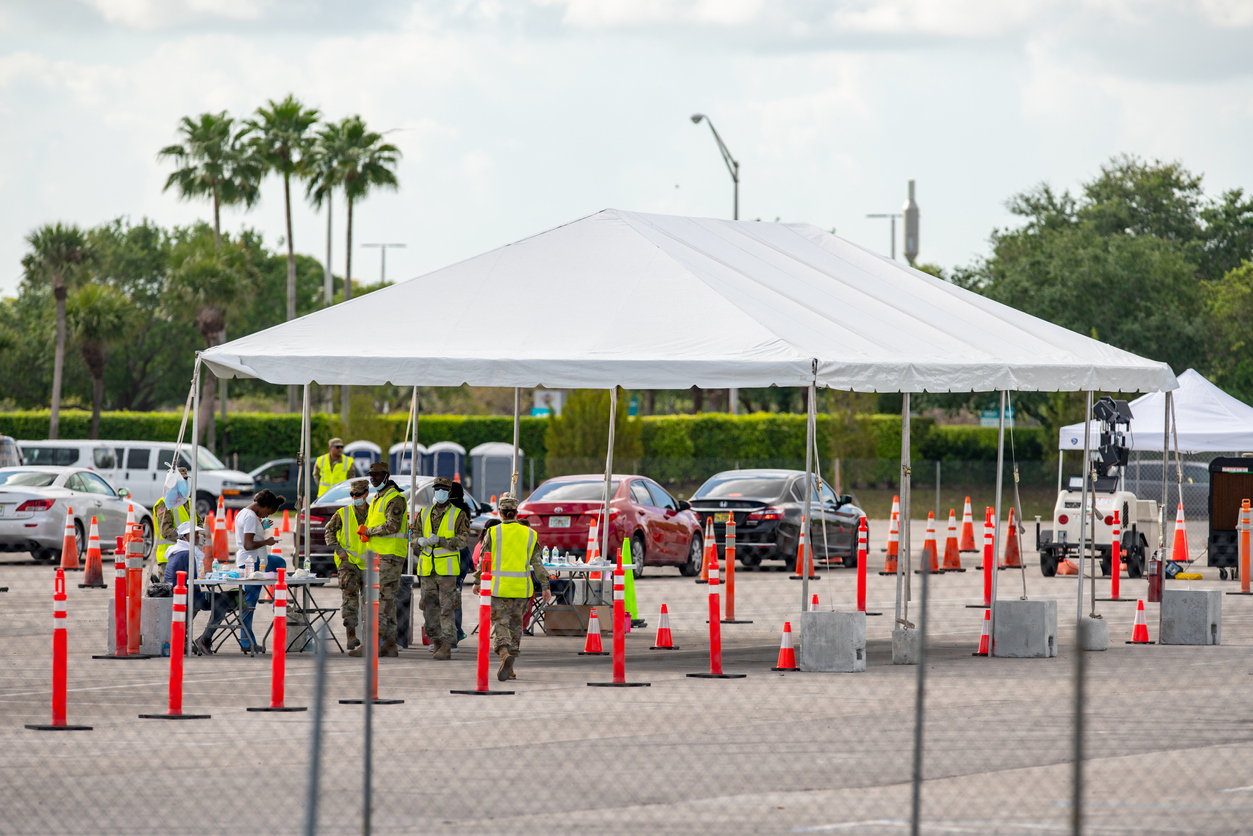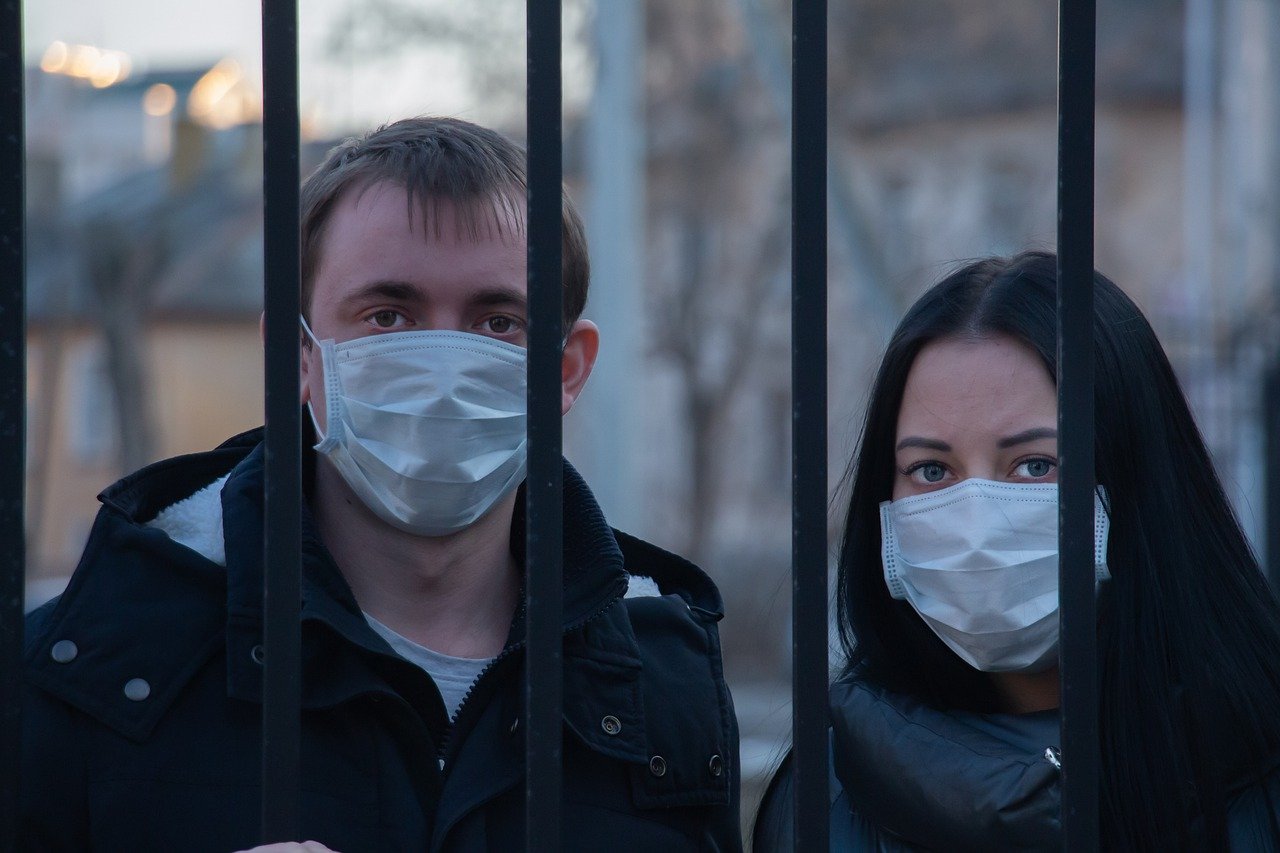The coronavirus pandemic has evolved into a global crisis, with severe outbreaks spreading across multiple regions worldwide. Initially concentrated in Hubei Province, China, the virus has now found fertile ground in countries such as Iran, Italy, Spain, France, and New York City. Significant clusters are forming globally, and most U.S. states are witnessing escalating numbers. We're on the brink of surpassing a million cases, with fatalities mounting into the tens of thousands, and these figures are only expected to rise.
In this post, I'll attempt to predict what's likely to happen with the pandemic in the medium term—over the next month or two, the longest timeframe within which we can reasonably anticipate specific developments.
*Note*: This post employs several technical terms—R0, R, and introgression—which are explained in the final section titled "Some Background: Key Terms and Concepts." If these terms are unfamiliar, I recommend reading that section first before proceeding.
We also utilize concepts from our published framework for analyzing the future trajectory of the pandemic, along with scenario descriptions from our scenario guide. These are summarized in the concluding section.
---
**What's Next: Most of the First World Could Achieve Control This Spring**
I'm about to make a bold and potentially controversial claim, but I believe it's highly defensible: **Most of the first world will likely avoid uncontrolled spread affecting a majority of their population (Level 5, or "big burn") in the immediate future. Instead, they will manage to control their local epidemics and reduce new cases within the next month or two.**
This statement carries risk because it contradicts what many knowledgeable individuals are predicting. For instance, the New York government has projected that New York City could experience a "big burn" during the initial wave of this pandemic. However, I firmly believe my prediction holds water.
Measures proven to halt epidemics—social distancing and widespread testing—are not yet fully implemented in many nations with large outbreaks, but they are rapidly being adopted. In the U.S., for example, half of the states have yet to implement statewide stay-at-home orders, and testing capacity for contacts and mild cases remains insufficient. Yet, stay-at-home orders are expanding, and testing capacity has reached over 65,000 tests daily, though this is still only half of what’s needed.
Additionally, drive-through testing sites are gradually becoming available, and Abbott Labs is set to roll out tests that can be administered in small clinics without specialized technicians.
With governments and populations worldwide increasingly recognizing that their success in containment stands between them and millions of deaths, and with clear examples of successful containment strategies available, it’s not unreasonable to suggest that they will ultimately act decisively.
In theory, any government operating in a high-trust society with advanced healthcare and sanitation systems, a disciplined police force, and sufficient biotech capabilities to facilitate widespread testing should be able to control their epidemic this spring. This doesn't mean all will succeed, but many likely will, and those that fail will have experienced a breakdown in governance or political will, not an unavoidable natural disaster.
**Bottom Line**: If you reside in the first world, expect your city may see overwhelmed hospitals (Level 4) in April or May, but it will likely stabilize during this timeframe. If your city experiences a majority infection rate this spring, it was not inevitable—it will reflect poorly on the government and the public.
---
**We Now Know How to Contain the Virus**

We've learned that numerous countries are making significant strides in containing their local outbreaks. Many have reduced the virus's growth rate by at least half compared to its natural R0, and a few have sustained R values below 1 for extended periods.
Two primary strategies are being employed:
1. **Social Distancing**: Implementing lockdowns and quarantines.
2. **Widespread Testing**: Identifying who and where to target efforts.
Countries like China (outside Hubei) and South Korea have demonstrated the most success with these methods, pushing R down to around 0.4, an eightfold reduction from the virus's natural R0 of about 3. These measures have been as effective as those used against SARS 17 years ago.
However, halving the growth rate to around 0.8 is sufficient to stop the epidemic's expansion.
Other countries, such as Japan, Taiwan, and Singapore, while still dealing with local transmission, have kept their case growth rates relatively low. Preliminary data suggests these countries have maintained R values near 1.5 over the past month, factoring in imported cases, meaning their local R is slightly lower. They are progressing toward containing the epidemic.
Evidence indicates that some degree of success in controlling local outbreaks is widespread. Comparing total case numbers from March 29, March 23, and March 17 in the Johns Hopkins CSSE database, 175 of 253 regions had slower growth in the second period compared to the first.
Even severely affected countries like Italy, Switzerland, and Iran have managed to reduce their growth rates through lockdowns and quarantines, reaching levels comparable to Japan, Taiwan, and Singapore. Although neither Iran, Spain, nor Singapore can claim complete control, new cases in Italy have remained stable for ten days, suggesting R may already be below 1.
**Bottom Line**: Social distancing and widespread testing are proving effective where implemented extensively. We don't need to replicate South Korea's success—we can achieve half their results and still bring case numbers down.
---
**Which Countries and States Are Next?**
Local outbreaks can escalate quickly. Italy, for instance, moved from three confirmed cases to Level 4 in three weeks. However, we can identify some regions that appear poised for a Level 4 outbreak.
Using a filter for more than 1,000 cases as of March 29 and a growth rate exceeding threefold in the previous six days, without a current Level 4 cluster, areas like Quebec, Israel, the Philippines, Romania, Russia, South Africa, and Turkey emerge as值得关注.
In the U.S., data suggests Washington and parts of New Jersey have some of the worst outbreaks outside New York. Unless trends reverse, these states will soon reach Level 4 status. Louisiana and Michigan are likely to follow suit.
---
**What Happens After Containment?**

Once we contain the outbreak, life won't immediately return to normal. Two realities prevent this:
1. Intensive control measures capable of pushing R below 1 cannot be sustained long enough to eradicate the virus.
2. Even countries that achieve control will face reintroductions from less controlled regions.
Tomas Pueyo's widely discussed series of posts describes this post-containment phase as the "hammer and dance." Governments can use strict lockdowns to control the virus temporarily but cannot maintain this indefinitely.
After the initial containment, governments will rely on saturation testing to monitor R values in each area. They will aim to implement control measures—continuous or intermittent—that keep R below 1 while allowing societies and economies to function as normally as possible.
In the optimistic scenario, these measures might be relatively mild. Widespread testing and improved public hygiene could keep things manageable as people resume activities. Retooled economies might require less face-to-face interaction, enabling a quicker recovery.
Antibody tests identifying immune individuals and vaccines in limited supply could play a crucial role. Increased availability of personal protective equipment (PPE) could also help.
In a pessimistic scenario, no combination of measures will allow most areas to maintain R below 1 while keeping economies functional. This could lead to intermittent lockdowns and prolonged periods of elevated illness and death as the virus spreads.
Certain aspects of pre-pandemic life may never return, such as large gatherings, or may take years to revive.
---
**Potential Game Changers: Medicine and the Weather**
Long-term progress depends on scientific advancements, manufacturing improvements, and logistical innovations. These include:
- Increased supplies of masks, gloves, and goggles for widespread use.
- New therapies to mitigate symptoms.
- Vaccines for immunity and broader control.
- More ventilators for severe cases.
- Serological testing to track past infections.
While these measures aren't imminent, increased PCR testing availability could have an impact in the medium term. As the Northern Hemisphere transitions to spring, speculation about seasonal effects on the virus has grown. Warm weather destinations like Brazil, Israel, and California have seen significant cases despite favorable climates, suggesting temperature alone won't dictate the pandemic's course.
---
**Some Background: Key Terms and Concepts**
**R0**: The virus's natural growth rate without intervention. An R0 of 3 for COVID-19 means each infected person infects three others, with a six-day serial interval. Without action, cases triple every six days.
**R**: The observed growth rate in a specific area with interventions. The goal is to reduce R below 1 to shrink the outbreak.
**Introgression**: Imported cases from outside a region.
China and South Korea have achieved the lowest R values, reducing it to about 0.4. A place reducing R from 3 to 1.5 cuts cases by half every six days. Reducing R to 0.8 prevents exponential growth but doesn't achieve a South Korean-style decline.
Levels of transmission are categorized as follows:
- **Level 0**: No active cases.
- **Level 1**: Contained cases.
- **Level 2**: Small-scale local transmission.
- **Level 3**: Widespread transmission but manageable.
- **Level 4**: Overwhelmed healthcare systems.
- **Level 5**: Significant population infection.
Scenarios include:
- **Scenario 1: Containment and Eradication** (most optimistic).
- **Scenario 2: Sideways until Therapies** (likely outcome).
- **Scenario 3: The Big Burn** (worst case).
---
This analysis reflects the ongoing complexity of the pandemic, offering a realistic view of what lies ahead.
Shouder Bag,Hobo Bag,Hobo Bags For Women,Shouder Bags For Women
NINGBO SUREWAY E-FASHION IMPORT AND EXPORT CO,.LTD , https://www.surewaybags.com